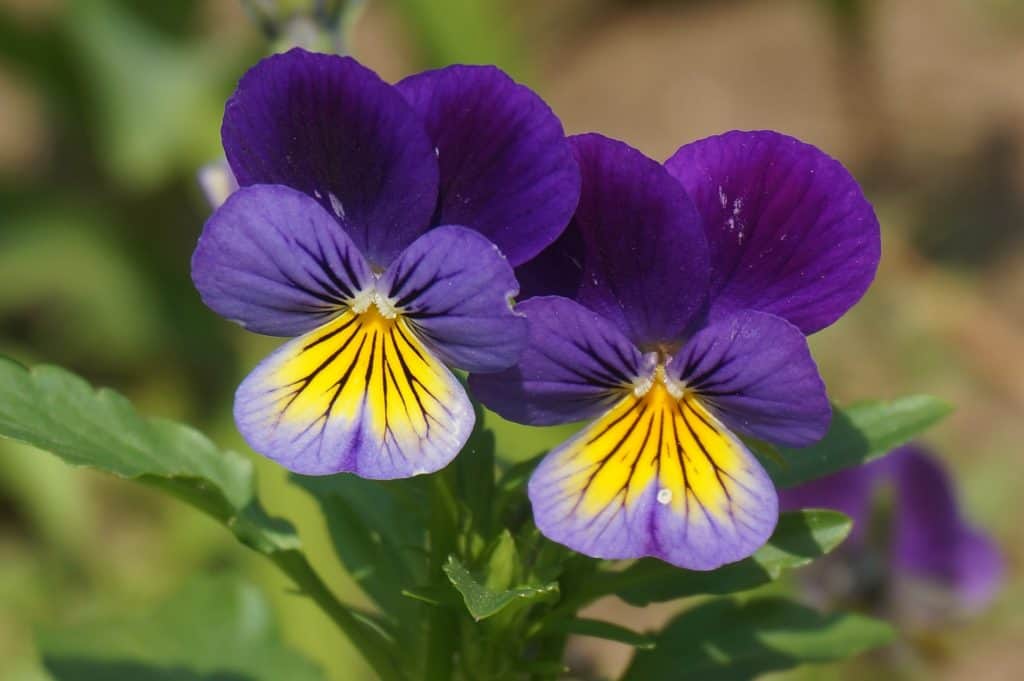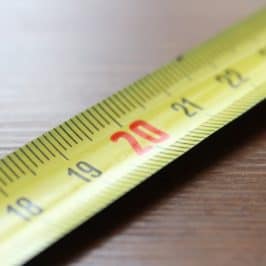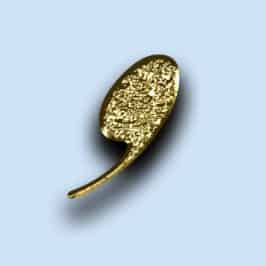
When do you use a hyphen when writing about colours? Discover all you need to know about the hyphenation of colours.
Hyphens are tricky beasts. One aspect that comes up a lot when I’m editing is the hyphenation of colours (or hyphenation of colors, if you’re writing or editing in US English!).
It goes without saying (but I’ll say it anyway), when you’re using a single word for a colour, there’s no need for a hyphen:
- She was wearing a red coat.
- His green shoes were dirty.
However, when you’re using two or more words for a colour, you may need a hyphen, depending on the intended meaning and the position of the colour in the sentence. To further complicate matters, it also depends on which style guide you’re using.
Let’s take a detailed look at the hyphenation of colours.
More than one colour
There are two main scenarios here. Either a single object displays more than one colour, or there is a group of elements, some of which are one colour, others a different colour. The hyphen will tell your readers which of these is the case.
For example:
- The purple-and-yellow pansies nodded in the breeze. (Each flower is both purple and yellow)
- The purple and yellow pansies nodded in the breeze. (Each flower is either purple or yellow)
- He only has black-and-white ties. (All his ties are both black and white)
- He only has black and white ties. (All his ties are either black or white)
In between two colours
You may be writing about water in a pond that isn’t quite green or brown. In other words, the two colours carry equal weight and play the same role in the sentence.
Here’s how you would write this:
- CMOS and AP style: The green-brown pond water slowly warmed up in the afternoon sun. (Hyphen when placed before the noun ‘pond’)
- CMOS: The pond water was green brown and slowly warmed up in the afternoon sun. (No hyphen in Chicago style when placed after the noun ‘pond’)
- AP: The pond water was green-brown and slowly warmed up in the afternoon sun. (Hyphen in AP style when placed after the noun ‘pond’)
- Green brown is not my favourite colour. (No hyphen when used as a noun)
Even if Grammarly tells you to add a hyphen in the second example, don’t do it if following Chicago style! Grammarly is not always right and doesn’t understand nuance of language or style guide.
The same rule applies when using —ish. For example:
- CMOS and AP: The pinkish-orange sunset was beautiful.
- CMOS: Yesterday’s sunset was pinkish orange.
- AP: Yesterday’s sunset was pinkish-orange.
Dark and light colours
To make things nice and easy if you’re going by Chicago style (CMOS), the same rule applies (hyphen before noun, no hyphen after noun) when describing light and dark colours.
For example:
- CMOS: My dark-pink cheeks betrayed my embarrassment.
- CMOS: My cheeks turned a dark pink as her gaze held mine.
However, AP style prefers no hyphen, no matter where the dark or light colour is placed in the sentence:
- AP: My dark pink cheeks betrayed my embarrassment.
- AP: My cheeks turned a dark pink as her gaze held mine.
Other colour shades
Hyphens for other colour shades follow the same rules as for ‘dark’ and ‘light’ in CMOS and AP styles.
For example:
- CMOS: The snow-white butterfly emerged from its cocoon.
- AP: The snow white butterfly emerged from its cocoon.
- CMOS and AP: The butterfly that emerged was snow white.
- CMOS: My navy-blue school jumper is dirty.
- AP: My navy blue school jumper is dirty.
- CMOS and AP: My school jumper is navy blue.
Fancy testing your knowledge?
Hungry for more about the hyphenation of colours?
Of course you are.
If you want to read about how the hyphenation of colours can cause intense debate, take a look at this thread from a few years ago!
For wider hyphenation rules as per Chicago style, the complete CMOS hyphenation table is available online.
If you have a question related to the hyphenation of colours that I haven’t covered, or if you disagree with anything in this article, don’t be shy! Comment below, and I’ll get back to you.










Leave a Reply